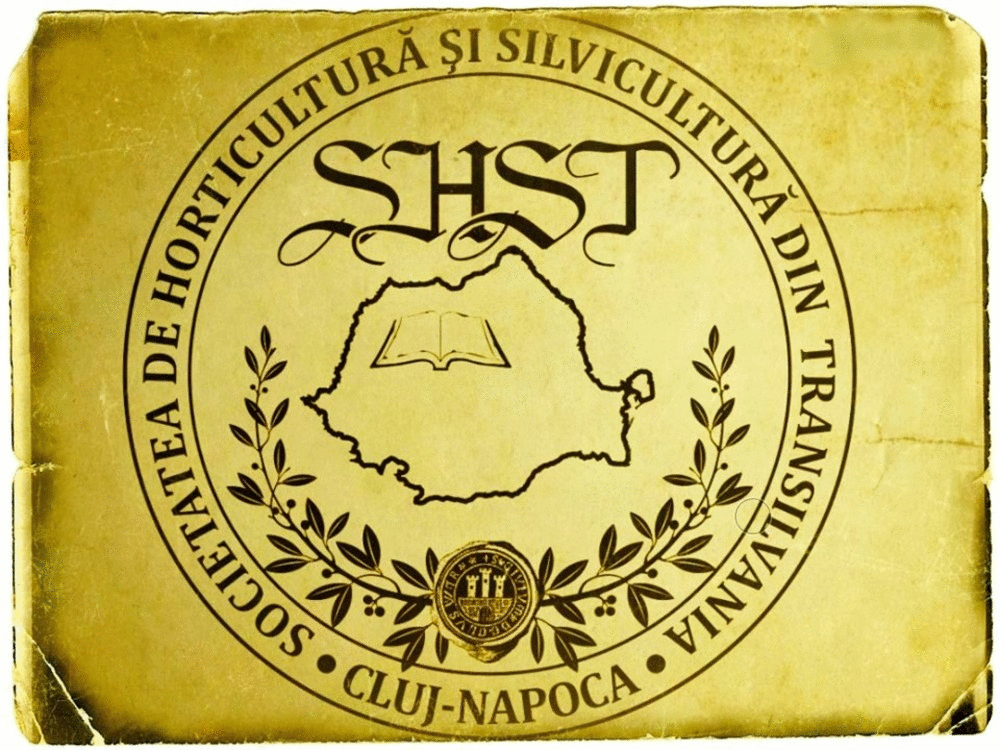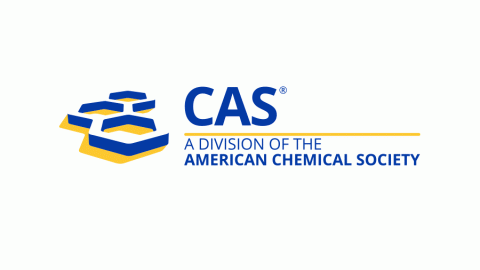Lead Toxicity and The Hypothalamic-Pituitary-Testicular Axis
DOI:
https://doi.org/10.15835/nsb518038Keywords:
hypothalamic-pituitary axis; lead; sex hormoneAbstract
Environmental exposure to toxic levels of lead (Pb) occurs in a number of industries with potential adverse effects on the reproductive capacity of exposed men. Clinical and animal studies indicate that abnormalities of spermatogenesis result from toxic lead exposure, but eventual histopathologic alterations involved have not been identified. To explore putative abnormalities in the reproductive gonadotropic axis following lead intoxication, experimental animals when exposed to low levels of lead, 65 days old animals were treated with distilled water containing 0, 0 mg (control), 10 mg lead (Pb)/Kg/day and 15 mg lead (Pb)/Kg/day intraperitoneally for 20 days. At the end of treatment, the animals were sacrificed and the blood collected for luteinizing hormone (LH) and testosterone assays. The testis was processed for histological analysis. The results showed a high serum concentration of LH and testosterone in lead-treated animals compared to controls. Histological examination of testis showed deformities in testicular morphology of lead intoxicated animals with gross damage within the somniferous tubules. A strong correlation was established between LH and testosterone suggesting an alteration in the endocrine components of the gonadotropic axis. Histological examination of pituitary gland showed some degenerative changes in endocrine cells of lead group. Changes in LH and testosterone levels suggest that Pb exposure during the critical time of sexual differentiation induces reproductive axis abnormalities in adulthood. In conclusion, lead has a gonadotoxic effect by decreasing LH and testosterone levels and damaging the testis seminiferous tubules. Catalase activity was significantly reduced in the lead group following 65 days of exposure which possibly indicates that lead might had other mechanisms of action, such as increasing oxidative damage.
Metrics
Downloads
Published
How to Cite
Issue
Section
License
Papers published in Notulae Scientia Biologicae are Open-Access, distributed under the terms and conditions of the Creative Commons Attribution License.
© Articles by the authors; licensee SMTCT, Cluj-Napoca, Romania. The journal allows the author(s) to hold the copyright/to retain publishing rights without restriction.
License:
Open Access Journal - the journal offers free, immediate, and unrestricted access to peer-reviewed research and scholarly work, due SMTCT supports to increase the visibility, accessibility and reputation of the researchers, regardless of geography and their budgets. Users are allowed to read, download, copy, distribute, print, search, or link to the full texts of the articles, or use them for any other lawful purpose, without asking prior permission from the publisher or the author.













.png)















